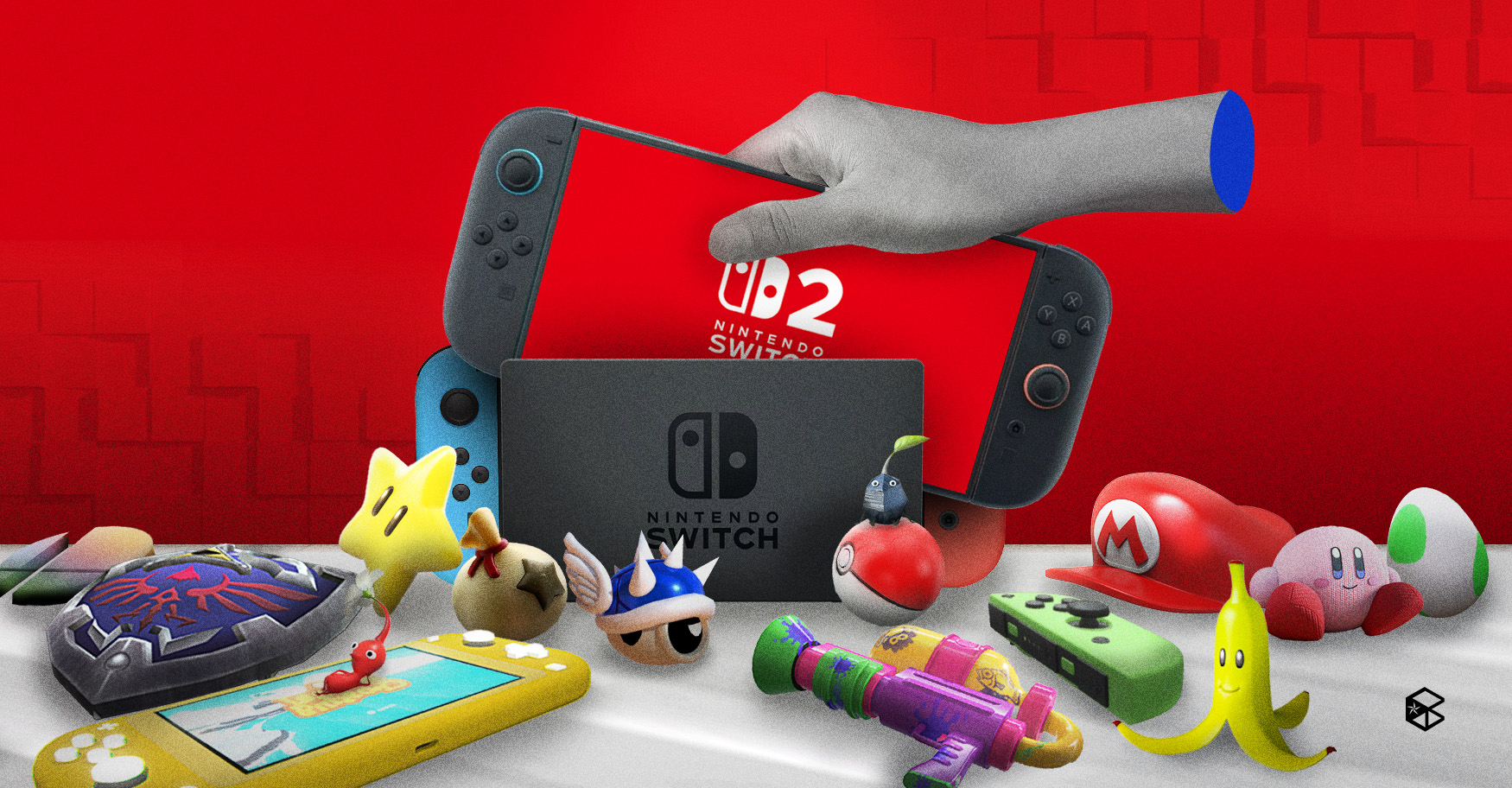Eight years after the launch of the Nintendo Switch, its successor has finally made its way to the shelves on June 5. With a near-decade-long legacy of being the sole outlet for Nintendo’s A-tier games, it is now letting go of its reins.
Switching it up
In October 2016, the Japanese multinational company announced that the era of purchasing two separate consoles for different purposes was to be considered days gone by. The Switch marked a new age not just for Nintendo, but for gaming as well, as it was considered one of the first true hybrids—a console that works just as well as a handheld device.
Prior to the release of the Switch, Nintendo divided its attention among devices such as the Nintendo DS and the Nintendo Wii, flaunting the company’s versatility with the tandem of their on-the-go and home console games. By blurring the line between the two, the hybrid gadget with detachable controllers changed the game and set a precedent for the likes of the Steam Deck and the Asus ROG Ally.
The success of the Nintendo Switch Family reflected in its sales of 152.12 million hardware units, over tenfold the amount of its predecessor, the Wii U.
What went right?
Unlike its precursor, the Switch clarified what it's intended for. The infamous Wii U’s promotional materials spotlighted the GamePad, misleading people to perceive it as an addition to the Wii, rather than a stand-alone product. Compared to the Wii, which sold over 101.63 million units, the Wii U’s sales plummeted to only over 13.56 million units sold.
Contrary to the Wii U’s children-based and family-oriented promotions, Nintendo shifted its marketing style to target all age groups and brand the Switch as an all-around console. The new strategy also marked a pertinent statement—video games are for everyone.
But what really sold the console was the range of its first-party games. With widely acclaimed titles such as Super Mario Odyssey, Super Smash Bros. Ultimate, and the 2017 Game of the Year: The Legend of Zelda: Breath of the Wild, Nintendo struck gold and hasn’t looked back since.
Nintendo Online, a subscription service for the Nintendo Switch and now the Nintendo Switch 2, further reeled in audiences with nostalgia through easy access to archives of games from previous consoles.
In addition, following the Wii U’s setbacks, Nintendo ported previously released titles like Mario Kart 8 Deluxe, made for the Wii U in 2014 and then re-released for the Switch in 2018. As one of Nintendo’s best-selling games with over 76 million copies sold worldwide, it goes to show that they were only held back by a console that only a few wanted to purchase.
Notwithstanding its successes, the Switch also came with problems. Issues arose with the Joy-Cons losing control, having coined the now notorious term “Joy-Con Drift,” leading to several lawsuits being filed against Nintendo. Though these cases were dismissed, President Shuntaro Furukawa apologized for any trouble caused to their customers and assured viewers that the company is “continuing to aim to improve its products.”
Nonetheless, the legacy of the product and its fame within the gaming community still stand tall.
On 2 the next
On April 2, the Nintendo Direct unveiled the anticipated Nintendo Switch 2. Its details were presented alongside Mario Kart World, the long-awaited sequel to the 11-year-old Mario Kart 8.
While the standard Nintendo Switch featured a multi-touch 6.2-inch capacitive LCD touchscreen that supported 720p resolution for tabletop mode and 1080p for TV mode, the successor sports a 7.9-inch LCD touchscreen with 1080p resolution and up to 4K resolution at 60 fps for the docked output.
Via its 32 GB of internal storage and 4.5 to 9 hours of battery life, the Switch was capable of supporting graphically intense games for 5.5 hours. On the other hand, Switch 2 has HDR support, 256GB of internal storage, and a custom processor from NVIDIA.
With access to backwards compatibility, a feature last seen with the Nintendo 3DS, the release of the new console immediately comes with the entire library of its predecessor. And on top of the Nintendo Online catalog, Switch 2 already has a plethora of old games that are awaiting to have their graphics and frame rates enhanced through better displays.
However, the sought-after console doesn’t shy itself from bad press as its $449.99 (approximately Php 25,000) tag has buyers thinking twice about purchasing the new product. Additionally, its first-party games cost a hefty $79.99 (approximately Php 4,450). The Switch console costs $299.99, while its first-party games cost $59.99
Paired with the recent plight of pre-orders being cancelled, caused by a delay in pre-orders due to increased tariffs, the console’s rep isn’t off to a good start. Despite this, the line-up of upcoming exclusive games such as Mario Kart World, Donkey Kong Bananza, Tomodachi Life: Living the Dream, and Pokémon Legends: Z-A still provide an early-on strong starting point for the development of the device’s stability in sales.
Pre-orders for the Nintendo Switch 2 are now available in the Philippines, with its release date set for June 26.


